A leaking gutter joint or "gutter union" can be quite troublesome, regardless of its location, but it becomes particularly frustrating if it's positioned where it constantly drips on you or pools right outside your door! Such leaks in your guttering system could lead to bigger problems down the road. When water consistently flows onto your walls and foundation, it can cause significant structural damage, mold growth, or even unsightly green stains on the exterior of your walls.
In short, you'll want to fix your leaky gutter as soon as possible. First, you'll need to identify what exactly is causing the leak and decide whether you need to replace the entire joint or just perform some maintenance on your existing system.
Causes and Solutions for a Leaking Gutter
There are several factors that can result in leaking gutter joints, ranging from weather conditions to installation issues. Here are some of the most common reasons why your gutter joint might be leaking.
Missing Rubber Seal
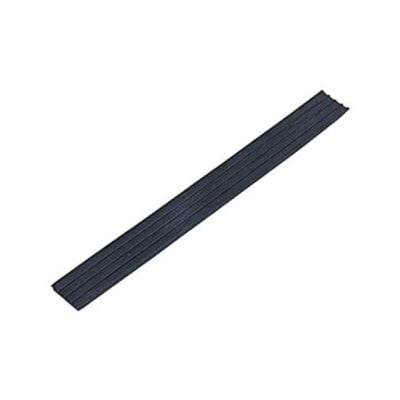
This is the most frequent cause. The gutter length was simply installed without a rubber seal, and replacing the seal will resolve the issue. If you can't find a replacement seal, some waterproof silicone might suffice to seal it. However, for a proper fix, you can use a specialized gutter sealant.
General Weathering Over Time
Like anything installed indoors or outdoors, gutter joints are susceptible to wear and tear over time, especially if they're exposed to harsh weather like storms. Additionally, older plastic gutters tend to be less durable than newer ones and are more prone to leaks in their seals.
In this situation, you'll want to replace any sections, joints, and fittings that have worn away—more on how to change your joints later!
Heat Changes Causing Weaknesses or Distortions in the System
You probably know that heat causes gutter components to expand, while cold temperatures make them contract. In the case of gutter joints, you may have heard them click on a sunny day—this is because they're rubbing against the brackets as they expand.
Each gutter fitting has insertion marks on the inside that account for the sizes of the gutter when hot and cold. If the gutters have been cut incorrectly or not installed properly, extreme temperature changes can weaken the seal as the joint rubs against it, causing wear and tear, or it can expand and create a gap in the joint, reducing the necessary pressure to prevent leaks.
To solve the issue, ensure that your lengths have been cut correctly and fall within the insertion marks.
Debris in the Seal
Another issue that can arise due to temperature changes is contraction in cold weather, allowing dirt and grit to enter the system, preventing the seal from working properly once it heats up and expands again.
The solution here is simple—just unclip the affected fitting, wash it in warm water to remove the debris, and flush water through the gutters after reinstalling it to confirm the leak is gone.
Damaged or Poorly Installed Gutter Fittings
There are many things that can damage your guttering system—a bad storm, a ladder pressing against pipe lengths, or loose roof tiles can all create cracks and holes that lead to leaks. Even if the holes themselves don't become leakage points, any damage reduces the compression on the seal, resulting in a leaky joint. While you'll want to replace any severely damaged lengths or fittings—since seals are specifically designed for the fittings when manufactured—you can use roof and gutter sealant to patch up smaller holes.
You might also find that your gutter is leaking due to a poorly placed screw or fascia bracket causing a section to sag—if this is the case, you can simply insert a new wall plug and screw in the bracket again. If it continues to sag after doing this, you may want to install an additional bracket to support the weight.
How to Repair a Leaking Gutter Joint
Generally, you can replace a broken seal, ensure the gutter is within the insertion marks, check for and remove any debris, and refit the joint, which should resolve any issues. Another way to repair a leaking joint might be to apply some gutter sealant to fill any gaps. If you can't repair the leaking joint, replacing the entire fitting might be the best option.
How to Replace a Gutter Joint
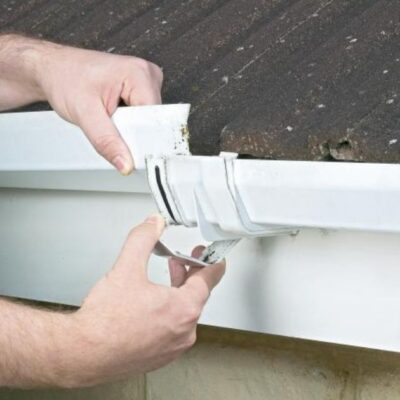
Ultimately, replacing your faulty gutter joint is the best way to ensure the problem is fixed—and gutter fittings are so inexpensive that it's worth the investment! If you need to replace a damaged and leaky gutter joint, here's a quick guide:
- Unclip the gutter from the union piece on either side and gently ease it out
- Remove the current gutter union
- Clean out the ends of the gutters
- Install your new joint fitting
- Apply silicone lubricant to the seals
- Fit your gutters back into place along the fascia board
- Flush water through the gutter length to ensure the leak is fixed
Just make sure the fitting you buy is compatible with your existing system. Most half-round gutter supplies are standardized, and all manufacturers should fit each other. However, some other systems like Ogee or Square may not be compatible with another manufacturer. For a complete gutter compatibility chart, see here. We've done our best to compile all manufacturers, take measurements, and create a chart to easily match different components from different manufacturers.
Finding the Right Replacement Gutter Joint
If you have older gutters, you might worry that finding a replacement that matches your existing system will be difficult. Luckily, most modern gutter fittings are interchangeable with other brands, but again, check the compatibility chart. Knowing the manufacturer, size, material, and profile you need will generally allow you to find a new joint without any trouble.
Leaks vs Clogs in Your Gutter System
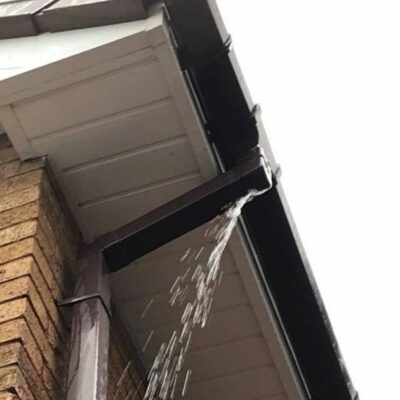
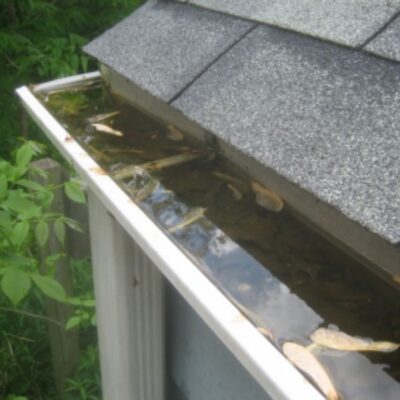
You might think you have a leak in your gutter system if you're getting drenched every time you step out your front door—but this might actually be due to a blockage of leaves, dirt, and other debris that has either caused a leak or is causing your gutter to overflow.
In this case, if your gutter isn't damaged, you can get out some rubber gloves, a plastic scoop, and a ladder and manually unclog your system. Just be careful where your ladder is placed—you don't want to create more issues while fixing one problem!
Shop Gutter Joints:
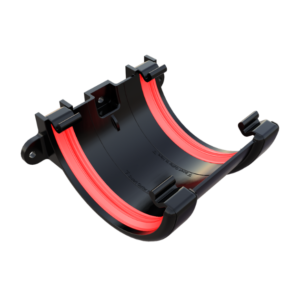
112mm Half Round Gutter Union
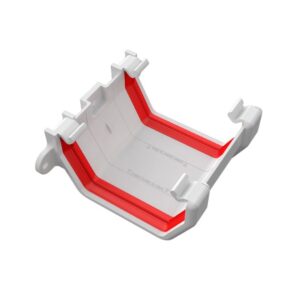
114mm Square Gutter Union Bracket

Union Brackets

125mm Half Round Galvanised Steel Gutter Union

Aluminium Box Gutter Union
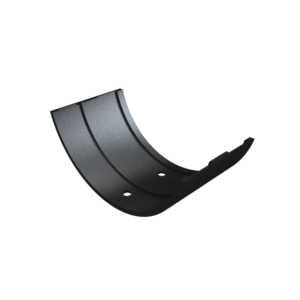
Half Round Cast Iron Union
Aluminum Door Handle On Aluminum Plate
China aluminum handle on aluminum plate,plate lever door handles,aluminum handle on plate
Wenzhou Shenghong Metal Products Co.,Ltd , https://www.shenghonglock.com